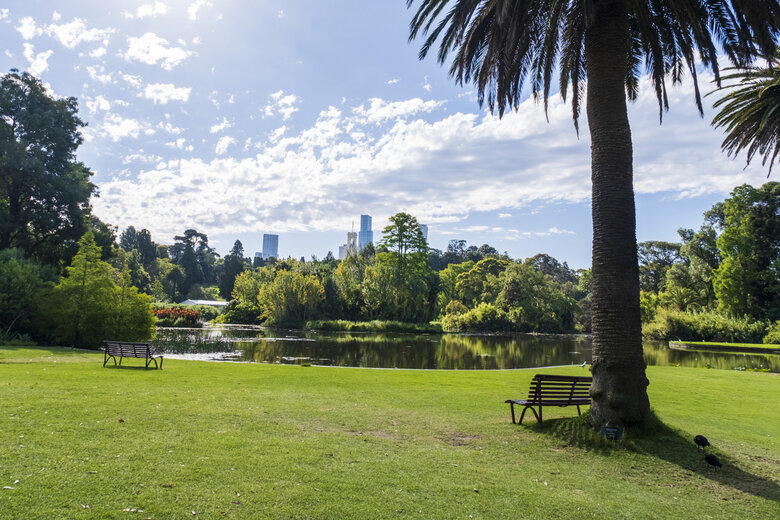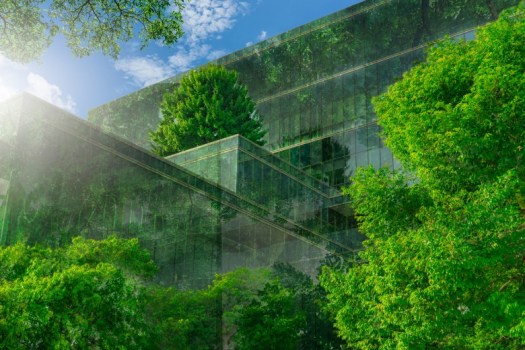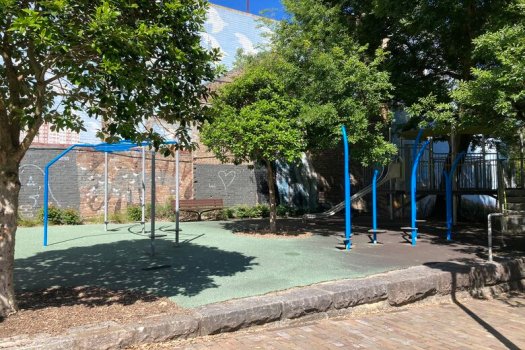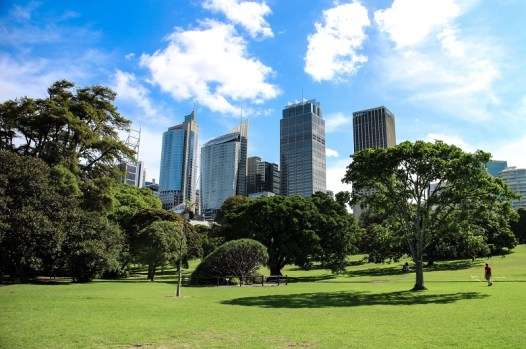
Man-made urban green spaces are doing more good for the environment than previously thought, according to an Australian-led study that compared parks around the world with natural ecosystems.

Dr David Eldridge from the UNSW school of biological, earth and environmental science says researchers set out to test how functional soil was in green spaces that had been constructed by humans.
“We thought it was useful, given that green spaces are really important for human wellbeing, to look at how sustainable and functional the soils were,” he told Government News.
The study looked at 56 sites around the world, including some of the biggest parks in Sydney, Madrid, Beijing and Sweden, and compared them to natural environments using a range of soil health indicators.
“We expected they’d be really degraded because they’ve been constructed, compacted and fertilised,” Dr Eldridge told Government News.
“But they weren’t. Out of the 23 indicators of soil health that we measured, 17 of them weren’t any statistically higher or lower. We expected completely the opposite, so it was quite refreshing.”
Six of the ecosystem benefits were even better in urban green spaces, including available phosphorus, water holding capacity, water respiration, plant cover, nutrient-capturing fungi and arachnid diversity.
Important benefits
The international research team says their work provides empirical evidence that urban greenspaces can deliver a large range of important services.
These include soil stability, water regulation, nutrient availability, plant and soil symbiosis, organic matter decomposition, pest control, and soil biodiversity, which have previously been undervalued in urban studies.
“Our work highlights the fact that urban greenspaces are more similar to natural environments than previously reported and underscores the importance of managing urban greenspaces not only for their social and recreational values, but for supporting multiple ecosystem services on which soils and human well-being depends,” the researchers write in their research, which was published last month in the the journal Urban Sustainability – Nature.
Diversity important
Dr Eldrige says the findings of the research indicate that while not as good natural sites, urban green spaces are the next best thing.
The research also contained an important message for local authorities and urban planners who want to create more functional green spaces, he said.
“What we found is parks that had more different species – more grasses, shrubs, trees, were much better than football fields which just had kikuyo or couch grass,” he said.
The total picture is that the big benefit of green spaces is they’re important for sustaining critical soil processes that help plants and ultimately humans.
Dr David Eldridge
“And that’s because these different plants harbour different types of microbes and those microbes do different things to the soil. They might help to break down organic matter a bit better or suck in a bit more Co2.”
Dr Eldrige says more green spaces also means more infiltration when it rains, which prevents runoff carrying pollution into waterways.
More green spaces please
Green spaces will become more important as the climate gets drier and hotter, he says.
“The total picture is that the big benefit of green spaces is they’re important for sustaining critical soil processes that help plants and ultimately humans,” Dr Eldridge says.
“They’re important for sucking Co2 out of the atmosphere and the more green spaces we have, the more living things we’ll have, including microbes and soil animals that are using that co2.
“So more green spaces are better, and green spaces that have a greater variety of different plants – trees, shrubs, grasses – are going to harbour more microbes that are doing more good jobs for the environment, so it’s important to think about that when you’re planting up a greenspace.”
Comment below to have your say on this story.
If you have a news story or tip-off, get in touch at editorial@governmentnews.com.au.
Sign up to the Government News newsletter


